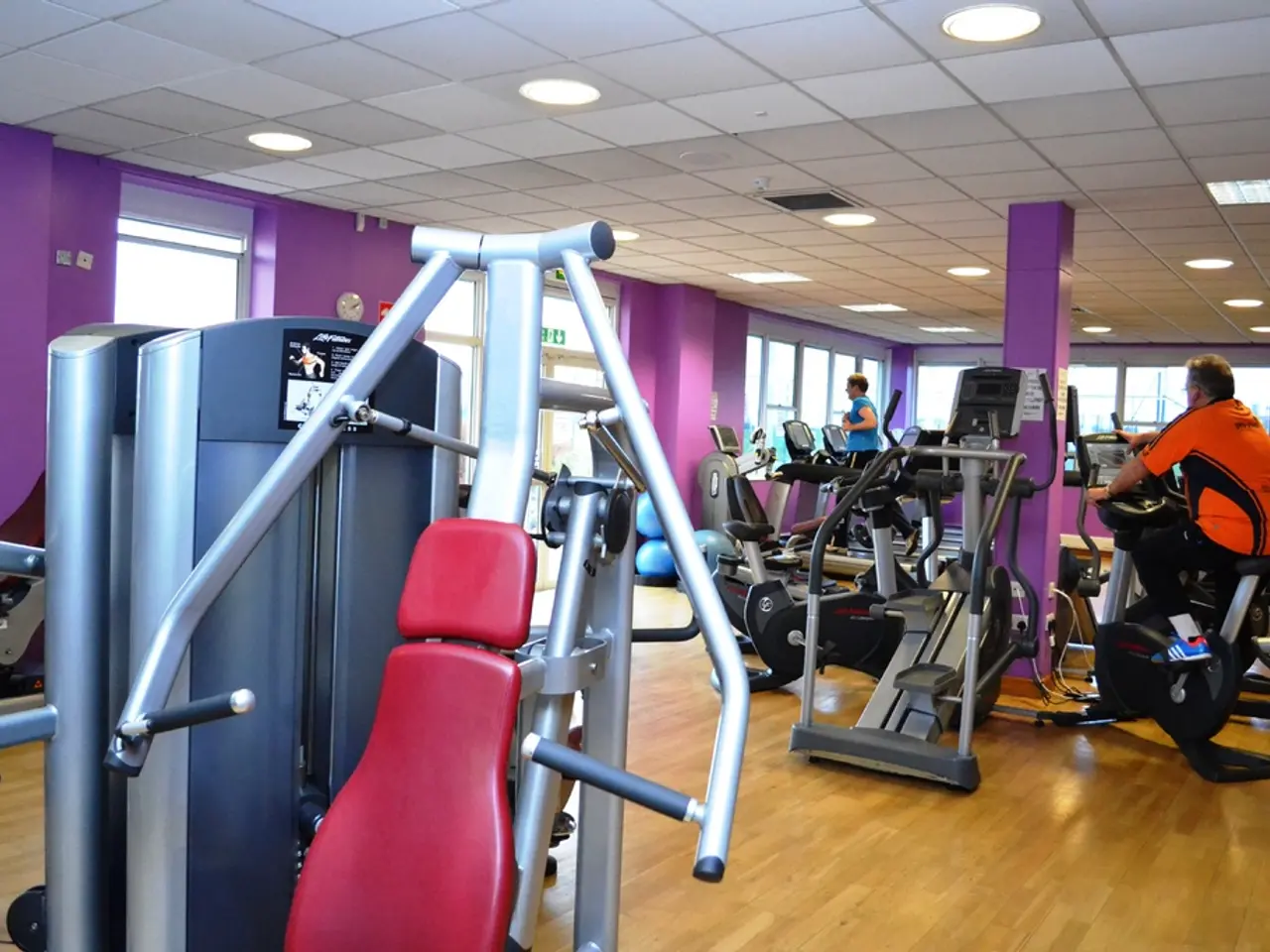Running through discomfort in the lower back and hips? This core workout after a run could keep you pain-free while continuing your running routine.
Post-Run Core Workout Boosts Running Performance
A well-rounded core workout is essential for runners seeking to improve their form, speed, and reduce the risk of injuries. Here's a simple, equipment-free routine that targets the abs, lower back, glutes, and upper body.
The Exercises
- Sit-ups
- Lie on your back with knees bent and feet flat on the floor.
- Place your hands behind your head or crossed on your chest.
- Engage your core and lift your upper body toward your knees, then slowly lower down.
- Repeat for 12-15 reps. Sit-ups target the rectus abdominis and help strengthen the front core muscles important for maintaining upright posture while running.
- Superman
- Lie face down on the floor with arms extended forward.
- Simultaneously lift your arms, chest, and legs off the ground, engaging your lower back muscles.
- Hold for 2–3 seconds, then lower back down.
- Repeat for 10-15 reps. This move strengthens the lower back (erector spinae), balancing the core muscles for better spinal support during running.
- Glute Bridge
- Lie on your back with knees bent and feet flat on the floor, hip-width apart.
- Engage your glutes and core as you lift your hips toward the ceiling, creating a straight line from shoulders to knees.
- Hold for 2 seconds, then slowly lower hips back down.
- Perform 12-15 reps. Glute bridges activate the glute muscles and improve hip stability, reducing injury risk and improving running efficiency.
- V-up
- Lie flat on your back with arms extended overhead and legs straight.
- Engage your core to lift your legs and upper body simultaneously, reaching your hands toward your feet to form a “V” shape.
- Lower back down with control.
- Complete 10-15 reps. V-ups strengthen the entire abdominal wall, including the deep core muscles important for dynamic stability during running strides.
- Push-ups
- Start in a plank position with hands shoulder-width apart.
- Lower your chest toward the floor by bending your elbows while keeping your body in a straight line.
- Push back up to the start position.
- Do 10-15 reps. Push-ups strengthen the upper body and engage core stabilizers, improving arm swing mechanics and overall posture during running.
The Routine
Perform this workout 2-3 times per week after running, consisting of two sets of 20 reps for each of the five movements. The push-up exercise is not specified as part of the core workout but is mentioned in the context of the workout being well-rounded.
For a balanced routine, include both dynamic exercises like V-ups and static holds such as planks to target different core muscles and functions. The workout can be modified based on ability level, with the option to do five reps, rest, and repeat until reaching 20 reps.
The core workout discussed does not require equipment and can be done anywhere with space to lie down. Research shows that strengthening the core improves running form, speed, and reduces aches like low back pain (sixminutemile.com, 2025; runnersworld.com, 2025). Core work after running contributes to recovery and builds a strong foundation for better running economy (runtothefinish.com, 2025).
For those unable to complete 20 reps of full push-ups, a modified push-up option is available, with the starting position being knees off the floor and hands on the floor shoulder-width apart.
The core is crucial for long-term running, improving form, performance, and avoiding injury.
These post-run workouts not only enhance running performance but also contribute to overall health-and-wellness and fitness-and-exercise. Specific exercises like sit-ups, superman, glute bridge, V-up, and push-ups (even though not explicitly part of the core workout) target different muscle groups essential for a runner's well-being, including the abs, lower back, glutes, upper body, and deep core muscles. Following these exercises as part of a regular routine can significantly reduce the risk of injuries and improve running efficiency. Furthermore, these workouts can be easily incorporated into a sports regimen anywhere, without requiring specialized equipment.




